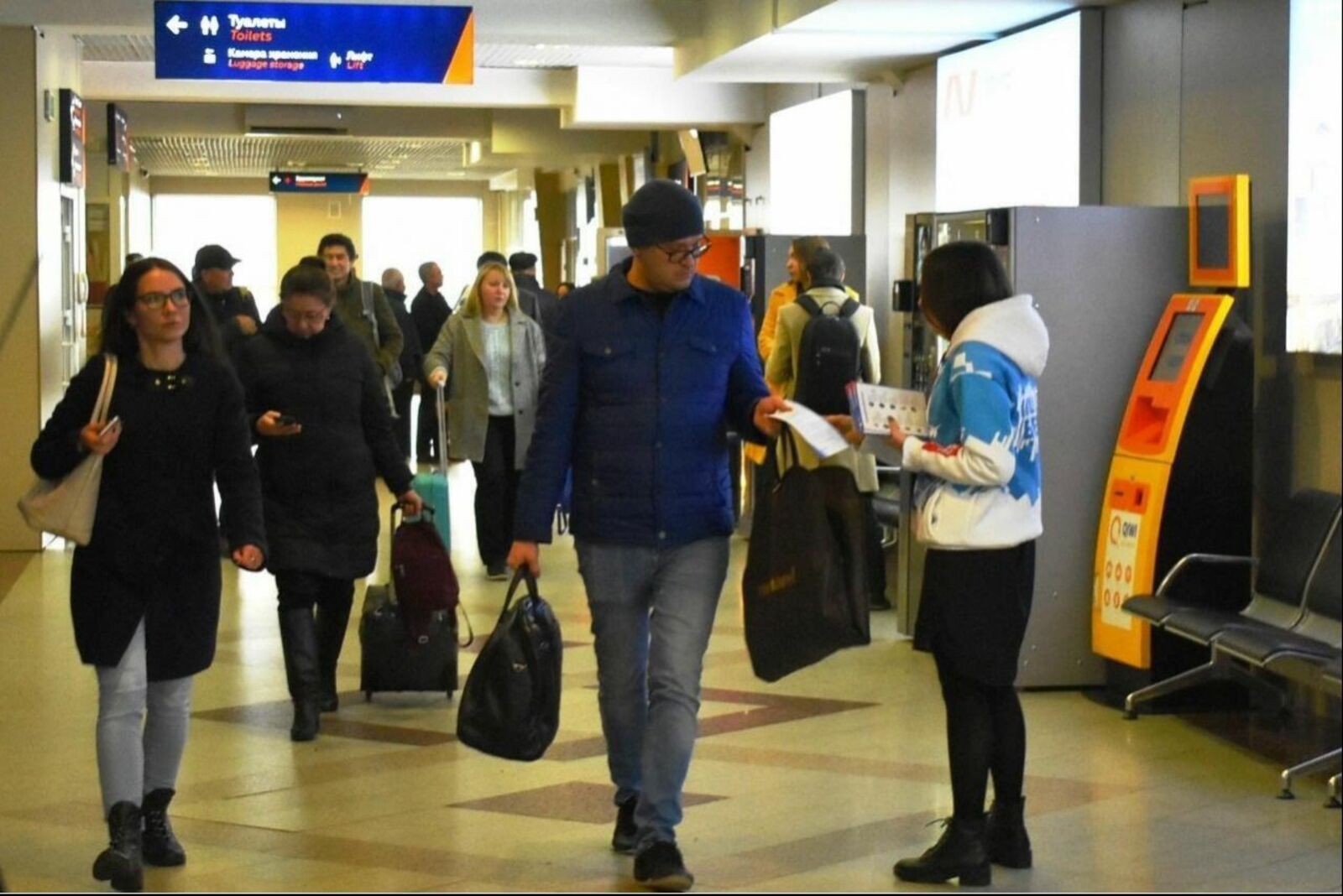The Moodyʼs International Rating Agency (engaged in assigning credit ratings, research, and risk analysis) predicts that in the next two years, Russia should expect increased internal migration due to the epidemic of the coronavirus and a collapse in oil prices. RBC writes about this in an expert review.
Many able-bodied citizens will seek to leave for large economic centers, which will lead to a slowdown in economic development in less developed regions. The outflow of the population will affect the regions located near major economic centers (Moscow, Moscow Region, St. Petersburg), and regions with low incomes and a weak social support system, with underdeveloped infrastructure and high employment in the service sector (trade, hotels, transport).
Migration outflow will adversely affect the long-term economic growth of the regions. Due to the slowdown in business activity, taxes and excise taxes will decrease.
Of the regions that are rated, migration outflows are most likely to affect Nizhny Novgorod, Omsk, Samara regions, Chuvashia and Bashkiria. According to the Federal State Statistics Service, the level of per capita cash income in these regions was lower than the national average in 2019 (35.25 thousand rubles per month). The worst situation is with household incomes in Chuvashia - 20.2 thousand rubles. Besides, several unrated regions may face an even higher outflow of the population due to weaker economies and budgets, analysts said.
In 2018, Bashkiria was in 3rd place in the country in terms of temporary labor migration, according to the Institute for Strategic Studies RB. In Bashkiria, 46-47 thousand departures are recorded annually, mostly by young people under 29 years of age. The largest outflow occurs in the Khanty-Mansiysk Autonomous District, in the second and third place - the Chelyabinsk region and Tatarstan. In 2018, 161.8 thousand people went to work, 8.7% of the working population. These are mainly men with families, residents of villages, and small towns.
The Ministry of Labor of the Russian Federation expects in 2020 the growth of official unemployment to 2.5 million people, real unemployment - up to 5.2-5.3 million people. In mid-May, 1.6 million people applied for unemployment benefits.
